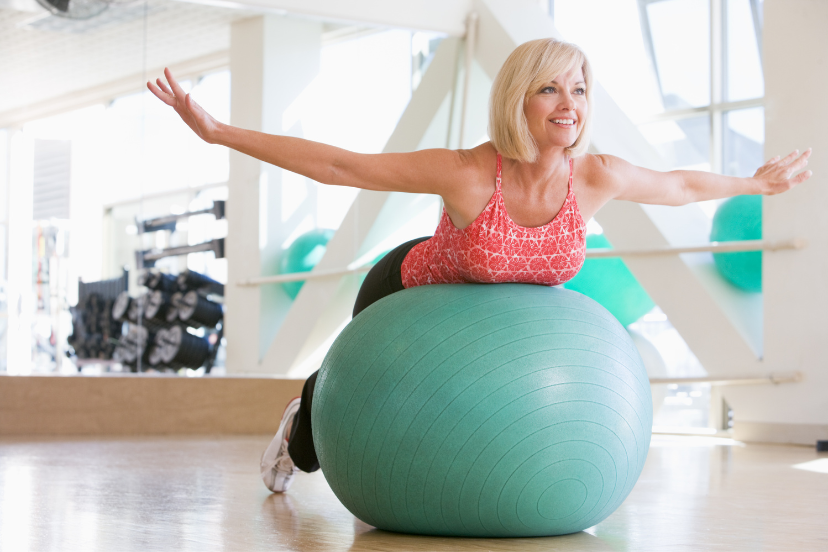Osteoporosis and Balance Exercises: Fortifying Your Bones
Introduction
In today’s article, we delve into the critical connection between osteoporosis and balance exercises. Understanding how these exercises can strengthen bones and improve overall stability is crucial for managing and potentially mitigating the effects of osteoporosis. Whether you’re newly diagnosed or seeking proactive measures, integrating balance exercises into your routine can make a significant difference. Let’s explore why and how these exercises are beneficial.
The Importance of Osteoporosis and Balance Exercises
Osteoporosis and balance exercises go hand in hand when it comes to maintaining bone health and reducing the risk of falls. By focusing on improving balance and stability, these exercises help strengthen bones and muscles, crucial for individuals with osteoporosis. Incorporating them into your regular fitness regimen can enhance overall quality of life and independence.
Benefits of Incorporating Balance Exercises
Balance exercises offer a range of benefits beyond just improving stability. They contribute to better posture, coordination, and muscle strength, which are all vital for preventing falls and fractures in individuals with osteoporosis. These exercises not only target specific muscle groups but also promote bone density by stimulating bone growth through weight-bearing movements.
How Balance Exercises Support Bone Health
Balance exercises work synergistically with bone health by enhancing muscle strength and coordination. These exercises often involve weight-bearing activities that encourage the bones to adapt and become stronger. This adaptation process is crucial for individuals with osteoporosis, as it helps maintain bone density and reduces the risk of fractures.
Getting Started with Balance Exercises
To begin integrating balance exercises into your routine, consider simple activities that challenge stability and coordination. These may include:
- Standing on One Leg: Hold for 30 seconds on each leg, gradually increasing duration.
- Heel-to-Toe Walk: Walk in a straight line with one foot directly in front of the other.
- Tai Chi or Yoga: Practices that emphasize balance and fluid movements.
- Balance Board or Stability Ball Exercises: Utilize equipment to enhance stability challenges.
FAQs about Osteoporosis and Balance Exercises
1. What are the best balance exercises for osteoporosis?
- Balance exercises like standing on one leg, heel-to-toe walk, and Tai Chi are highly beneficial. These exercises improve stability and reduce the risk of falls.
2. How often should I do balance exercises?
- Aim for at least three times a week to see improvements in balance and muscle strength. Consistency is key to reaping the benefits.
3. Can balance exercises prevent fractures in osteoporosis?
- Yes, by improving muscle strength and coordination, balance exercises can help reduce the risk of falls and subsequent fractures.
4. Are there specific precautions for individuals with severe osteoporosis?
- It’s advisable to consult with a healthcare provider before starting any new exercise regimen, especially if you have severe osteoporosis or other health conditions.
5. What role does posture play in osteoporosis and balance exercises?
- Good posture is essential for balance and bone health. Balance exercises often promote better posture, which in turn reduces strain on bones and muscles.
6. How can I make balance exercises more challenging over time?
- Gradually increase the duration or complexity of exercises. For example, add arm movements while standing on one leg or increase the incline on a balance board.
Conclusion
In conclusion, integrating balance exercises into your routine can significantly improve bone health and reduce the risk of falls associated with osteoporosis. These exercises not only strengthen muscles but also enhance coordination and posture, contributing to overall well-being. Remember, consistency and proper form are key to maximizing the benefits of osteoporosis and balance exercises. Start with simple activities and gradually progress to more challenging routines under the guidance of a healthcare professional. Take charge of your bone health today!




